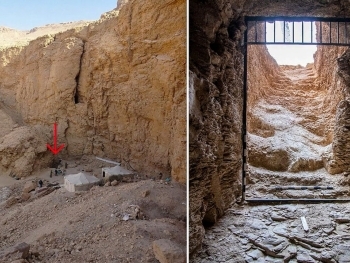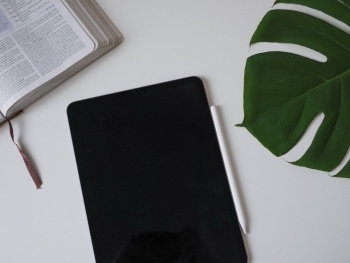Screen monitoring has become a crucial component of today’s work environments, especially with remote and hybrid models on the rise. Many companies adopt screen capture tools to optimize productivity. But is this truly the best way to improve employee efficiency?
Exploring screenshot-based monitoring
Screen capture employee monitoring is widely used by managers and business owners to ensure tasks are being completed. What are the primary features of screen monitoring?
-
Employee monitoring through screenshots
This feature captures screenshots periodically throughout the day, providing a visual timeline of employee activity on their devices. It supports tracking productivity, workflow, and compliance with company policies.
-
Recording of employee computer screens
This option records employees' computer screens, typically capturing the entire session, allowing managers to review all actions on their work devices over the day.
-
Live screen monitoring
Live screen monitoring allows for real-time viewing of what employees are working on. This feature enables prompt feedback and helps managers address any productivity issues immediately.
Though screen capture monitoring may seem effective at first, this invasive method can negatively impact team productivity over time.
Is screen capturing the right approach?
Many businesses adopt screen capture employee monitoring tools to gain a comprehensive view of employee activities. While this method has benefits like real-time tracking, instant insights, and early detection of security issues, it also presents certain drawbacks.
-
Privacy concerns. Constant monitoring through screenshots can make employees feel their privacy is compromised, potentially leading to stress and dissatisfaction.
-
Loss of trust. Intrusive methods like screen capture are often seen as micromanagement, leading employees to feel untrusted as every action is tracked.
-
Limited perspective. Screenshots alone may not capture the full context of employee tasks, complicating accurate KPI assessment.
-
Time-intensive. Reviewing numerous screenshots requires time, creating extra work for managers.
WorkTime’s non-intrusive productivity monitoring: a balanced alternative to invasive screenshots
WorkTime provides a non-intrusive approach to productivity monitoring, offering an alternative to traditional screen capturing. This solution tracks productivity without capturing images or live video, ensuring a more ethical and efficient approach.
Top 3 advantages of non-intrusive screen monitoring
-
Privacy preservation. Unlike screen capture employee monitoring, non-intrusive tools focus on task activities without capturing screen content, allowing managers to assess performance without violating privacy.
-
Improved productivity. Without real-time screen monitoring or frequent screenshots, employees tend to feel more trusted and motivated. This positive work atmosphere can drive a significant productivity boost, with WorkTime’s data showing up to 40% increases.
-
Insightful metrics. Non-intrusive monitoring focuses on relevant KPIs like app usage, productive hours, and attendance, giving managers actionable insights without the burden of sorting through excessive screenshots.
Final thoughts
Screen monitoring can enhance productivity, support compliance, and help manage remote and hybrid teams. However, excessive monitoring may impact employee trust and morale, potentially reducing productivity over time. Privacy-focused solutions like WorkTime’s non-intrusive screen productivity monitoring offer a balanced and respectful approach, enhancing performance while maintaining employee trust.
















